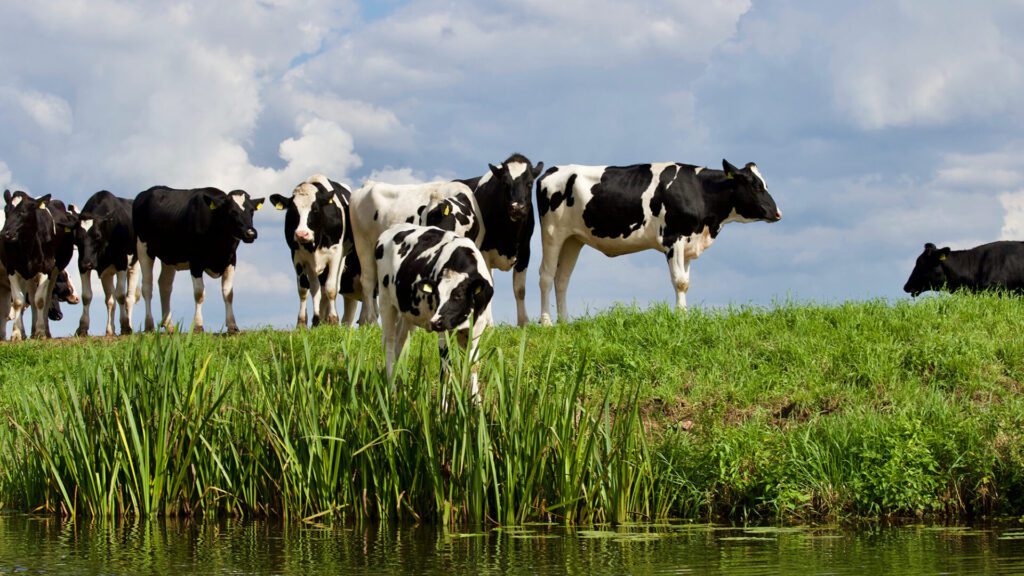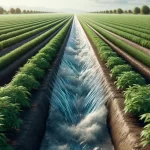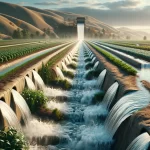The quality of the waters, together with the quantity, is one of the indicators of the environmental systems component to calculate the environmental sustainability index that considers the ability of countries to protect the environment in the coming decades.

There are variables with greater use which are: salinity, sodicity, alkalinity and specific ionic toxicity and crop tolerance to salinity, soil tolerance to salinity, sodicity and alkalinity, irrigation management and climate. The main indicators to evaluate these variables are Sodium, the percentage of possible Sodium, residual Sodium Carbonate, potential and effective permeability index, electrical conductivity, pH and Boron, Chloride and Sodium as indicators of toxicity.
The most important for the development of a region is the availability of water sources that meet the requirements for various purposes; both in quantity and quality. Water resources around the world are under enormous pressure due to the increasing demand for better quality water.

It is indicated that to evaluate the quality of water for irrigation, three main criteria must be defined: salinity, sodicity and toxicity. To assess salinity it is necessary to consider the type and quantity of dissolved salts.
Salinity is an external problem of the plant and makes it difficult to absorb water; when it is high, the rate of infiltration increases, because it counteracts the dispersive effect of sodium, while when it is low, it decreases, as a result of its corrosive nature. The main indicators to take into account are the total concentration of soluble salts, calcium, magnesium, sodium, potassium ions, sulfates, chlorides, carbonates, bicarbonates, electrical conductivity and PH.
Sodicity is measured in relation to the relative concentration of sodium with respect to other cations. A high ratio of Sodium to Calcium. To assess toxicity, the concentration of boron and other elements such as sodium and chloride are considered.
Toxicity is an internal problem that occurs when certain ions are present, which are absorbed mainly by the roots, which accumulate in the leaves through perspiration, resulting in harmful concentrations. These indicators are defined and include the sodium adsorption ratio, residual sodium carbonate, pH, electrical conductivity, degree of acidity, percentage of possible sodium, effective salinity, potential salinity, permeability index.

The quality of irrigation water greatly affects the structural stability of the soil and its ability to transmit water and air, as well as cultivated plants. It constitutes a variable to control in irrigated agriculture, both at the source level of irrigation water and its internal impact on crops and soils, and at the sink level, irrigation returns and its external impact on the quality of the receiving systems. The direct variables to measure the quality of water for irrigation are: salinity, sodicity, alkalinity, specific ionic toxicity, crop tolerance to salinity, soil tolerance to salinity, sodicity and alkalinity, management of irrigation and climate.
 AgronoBlog – Agriculture Blog
AgronoBlog – Agriculture Blog 


